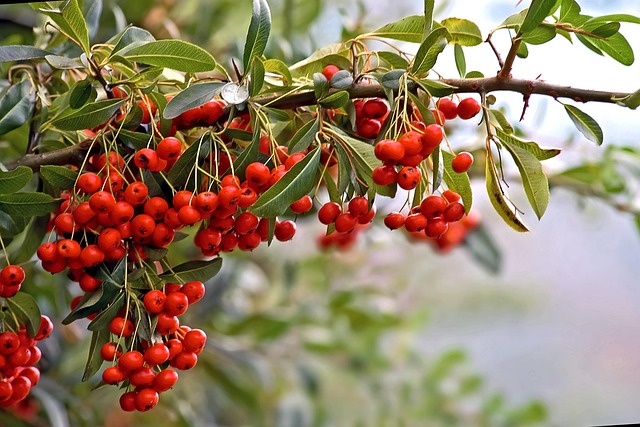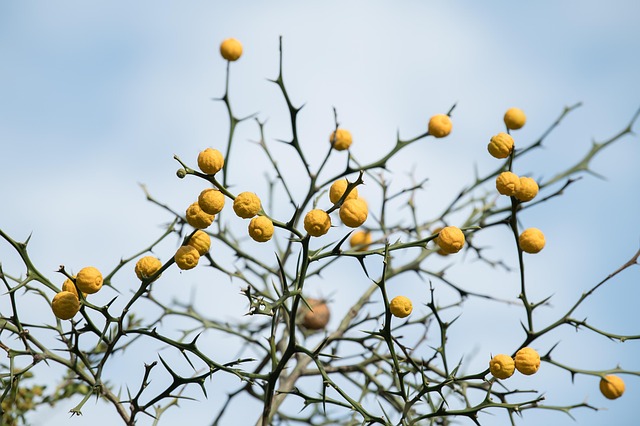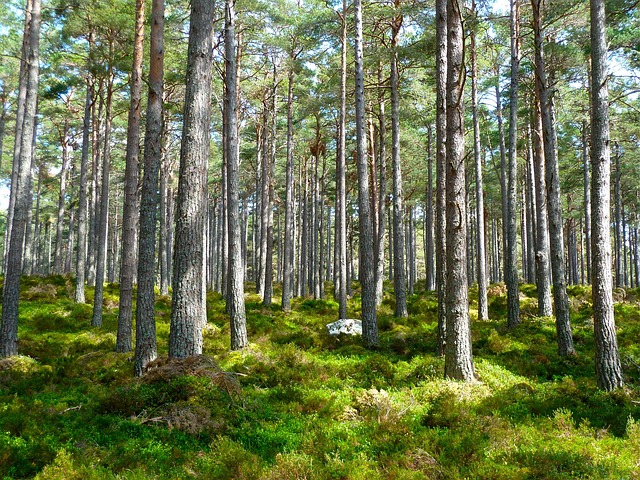
Thorny Habits of Wild Mammals in Nature
In the untamed corners of the planet, thorny vegetation is a common sight, forming a natural defense that deters many potential predators. Yet, wild mammals have evolved an array of strategies to coexist with, utilize, and even thrive amid these prickly barriers. From the spiny rats that nest among cactus spines to the lemurs that weave through thorny vines with remarkable agility, the relationship between mammals and thorny plants is a testament to nature’s ingenuity. This article explores the diverse ways in which mammals interact with thorny habitats, highlighting adaptations that turn a potential hazard into a survival asset.
Spiny Rodents: A Living Thorny Shield
The family Heteromyidae, which includes the spiny pocket mice and spiny rats, is famous for its members’ dense, spiny fur. This integumentary adaptation serves as both a physical barrier against predators and a camouflage that blends with thorny scrublands. The spiny rat, for example, inhabits arid regions of North America where cactus and thorny shrubs dominate. Its fur, interlaced with short, rigid spines, not only protects it from sharp vegetation but also deters would‑be predators that might otherwise bite or scratch the animal. In some populations, the spines are angled in such a way that they can be pressed into the ground, allowing the rodent to make a quick escape or to anchor itself when climbing.
- Defense: The spiny coat can cause discomfort or injury to attackers, discouraging predation.
- Camouflage: The speckled appearance helps the rodent blend into the thorny understory.
- Locomotion: Some species use the spines to help navigate steep, rocky terrain covered in thorny plants.
Herbivores and the Thorny Diet: Adapting the Mouth
Many grazing mammals have evolved specialized dentition and digestive processes that allow them to consume thorny vegetation with minimal risk. The giraffe, for instance, can reach the higher leaves of thorny acacias and uses its long, prehensile tongue to carefully strip bark and leaves away from the spines before ingestion. Similarly, the common wombat has a robust set of incisors and molars that can grind tough, thorny grasses while its digestive tract ferments fibrous material efficiently, turning a potentially hazardous food source into a reliable energy supply. Even smaller mammals, such as the bush rat, feed on the tender shoots of thorny shrubs by gnawing through the outer layers and consuming the softer interior.
“The key to surviving in thorny environments lies in the mouth and stomach,” says Dr. Elena Ruiz, a mammalogist specializing in ungulate diets.
Behavioral Tactics for Thorny Navigation
Beyond physical adaptations, mammals employ behavioral strategies to reduce thorn injuries. The lemur species Propithecus verreauxi, found in Madagascar’s thorny scrub, moves with deliberate, short steps that keep its feet close to the ground, minimizing the chance of snagging on sharp branches. Some ungulate species, like the African bushbuck, use a “flank walk,” keeping one side of the body closer to the thorny foliage to avoid direct contact. Additionally, certain marsupials, such as the red kangaroo, lean their heads forward while grazing, ensuring that the tip of their snout stays clear of thorns.
- Leaning to reduce contact with thorny branches.
- Short, controlled steps to avoid snagging.
- Using the tongue to remove thorny debris before ingestion.
Thorny Structures as Shelter and Defense
Some mammals exploit thorny vegetation as a protective barrier. The golden-backed sun squirrel builds its nest deep within the intertwined branches of thorny acacias, where the spines act as a natural fortification against predators. Likewise, the burrowing hyena may dig its den into a thicket of bristly shrubs, using the thorns to deter curious or aggressive animals. Even the more robust animals, such as the wild boar, are known to move through thorny brush during the night, using the dense cover to evade predators while feeding on root systems that are otherwise shielded by the vegetation.
- Natural fortresses: Thorny vegetation provides physical barriers that are difficult for predators to penetrate.
- Thermal regulation: The dense cover helps maintain a stable microclimate for nesting.
- Camouflage: The mix of greens, browns, and sharp points blends into the surrounding ecosystem.
Human Impact and Conservation of Thorny Habitats
Human activities such as agriculture, logging, and urban expansion threaten many thorny habitats, thereby endangering the mammals that rely on them. Overharvesting of thorny acacias for charcoal or timber has led to habitat fragmentation, pushing species like the giraffe into smaller, more isolated patches. Conservation efforts now focus on preserving these unique ecosystems, recognizing that thorny vegetation plays a crucial role in maintaining biodiversity. Restoration projects often involve planting native thorny species to recreate the structural complexity needed by mammals such as the spiny rat and the bush squirrel. Additionally, public education campaigns emphasize the ecological value of thorny plants, countering the misconception that they are merely obstacles.
Looking Forward: Resilience in a Thorny World
As climate change accelerates aridification in many regions, the prevalence of thorny plants may increase, altering the dynamics of mammal communities. Species that have evolved specialized interactions with thorny vegetation—through morphology, behavior, or diet—will likely face new challenges, such as altered fire regimes or shifts in plant distribution. Yet, these very adaptations that once helped mammals thrive may become pivotal for survival in a rapidly changing landscape. Ongoing research into the coevolution of mammals and thorny flora will be essential to anticipate future ecological shifts and to design effective conservation strategies that safeguard both the plants and the animals that depend on them.


